Many people wonder if their smart TV can record their favorite shows for later. The answer is often yes, but it’s not as simple as pressing a button. How you record depends on your TV model, what you want to record, and sometimes, the equipment you have. Understanding these options helps you take full control of your viewing schedule, ensuring you never miss an episode of a must-see series or a live sports event. This guide explains everything you need to know.
Do All Smart TVs Have a Built-in Recording Feature?
The first thing to understand is that not all smart TVs are created equal when it comes to recording. While many modern TVs connect to the internet for streaming, a built-in recording function, often called Personal Video Recorder (PVR) or Digital Video Recorder (DVR) functionality, is not a standard feature on every model.
Whether your TV can record directly depends on the manufacturer and the specific model you own. High-end TVs from brands like Samsung, LG, and Sony are more likely to include this capability. To find out, you should check your TV’s user manual or look through the settings menu for options related to “Recording,” “PVR,” or “Time Shift.”
Even if your TV has built-in recording software, it almost always requires you to connect an external storage device. The TV itself typically does not have enough internal memory to save large video files, so this feature will not work without an external drive.
How to Record Shows Using an External Storage Drive
The most common method for recording on a smart TV is by using an external USB storage device. This could be a simple USB flash drive or a larger external hard drive for more storage space. This process is usually straightforward and turns your TV into a functional DVR for live broadcasts.
Setting this up is typically a simple process. First, you need a compatible USB drive. It’s best to use a drive with a good amount of storage, such as 128GB or more, as high-definition recordings can take up a lot of space.
Once you have a drive, follow these general steps:
- Plug your USB drive into one of the USB ports on your smart TV.
- Your TV should automatically detect the drive and may ask you to format it for recording. Be aware that formatting will erase all existing data on the drive.
- Once formatted, you can typically start recording live TV by pressing the record button on your remote control while watching a show.
- You can also schedule recordings through your TV’s program guide.
Always check your TV’s manual for specific instructions, as the process can vary slightly between different brands and models.
Can You Record from Streaming Services like Netflix or Hulu?
A common point of confusion is whether you can record movies and shows from streaming apps. The short answer is no. Smart TV recording features are designed to capture live television broadcasts that come through an antenna or a cable connection.
Streaming services like Netflix, Amazon Prime Video, and Hulu do not allow you to record their content due to copyright and licensing agreements. Their content is protected by Digital Rights Management (DRM) technology, which prevents unauthorized copying. The purpose of these services is on-demand streaming, so the need to record is eliminated since you can watch the content whenever you want.
Exploring Cloud DVR and Other Recording Alternatives
If your TV lacks a recording feature or you want more flexibility, there are excellent alternatives available. The most popular option today is a cloud-based DVR service, which comes with many live TV streaming subscriptions.
Services like YouTube TV, Hulu + Live TV, and FuboTV offer cloud DVR storage. When you “record” a show, it’s saved on the company’s servers in the cloud, not on a physical device in your home. This means you can access your recordings from any device where you can log into the app, not just your smart TV.
Here is a simple comparison of different recording methods:
| Recording Method | Storage Location | Primary Cost | Accessibility |
|---|---|---|---|
| Smart TV + USB Drive | Physical USB Drive | One-time purchase of drive | Only on the TV it was recorded on |
| Cloud DVR Service | Online Cloud Servers | Monthly Subscription Fee | Any device with the app |
| External DVR Box (e.g., TiVo) | Internal Hard Drive | Device purchase + potential subscription | Mainly on the connected TV |
Another reliable alternative is a traditional Digital Video Recorder (DVR) box, like a TiVo. These devices are dedicated to recording television and often offer more advanced features, such as recording multiple shows at once and suggesting content based on your viewing habits.
Be Aware of the Privacy Risks with Smart TVs
While recording shows is a great feature, it’s important to be aware of the privacy implications of using a smart TV. These devices are connected to the internet and are capable of collecting a significant amount of data about your viewing habits.
Manufacturers often use this data for targeted advertising and to recommend content. This practice, known as Automatic Content Recognition (ACR), tracks what you watch, whether it’s live TV, a streaming service, or a device connected via HDMI.
It is crucial to review your smart TV’s privacy settings and disable any data collection features you are not comfortable with. Taking a few minutes to adjust these settings can give you peace of mind while you enjoy your TV’s smart features. You typically have control over these settings, but they are often enabled by default.
Managing and Accessing Your Recorded Content
Once you’ve recorded a few shows, you’ll need to know how to find and manage them. Most smart TVs have a dedicated section in their menu for accessing recordings. This might be labeled “Recordings,” “Library,” “PVR,” or something similar.
Inside this menu, you’ll see a list of your saved shows. From here, you can play, pause, and delete content. Keeping your library organized is important, especially if you are using a USB drive with limited storage space.
Make it a habit to delete shows after you’ve watched them to free up space for new recordings. Some TVs may also allow you to rename files or sort them into folders, making it easier to find what you’re looking for. Regularly managing your recorded content ensures you always have room for your next must-watch show.
Frequently Asked Questions about Recording on Smart TVs
Can I record a show while watching another channel?
This depends on your TV’s hardware. Most smart TVs have a single tuner, which means you can only watch or record one channel at a time. Some high-end TVs or external DVR boxes have dual tuners, allowing you to record one show while watching another.
What size USB drive should I get for recording TV shows?
The size you need depends on how much you plan to record and in what quality. An hour of high-definition (HD) video can use between 4GB and 8GB of space. A 256GB drive is a great starting point for casual recording, while a 1TB external hard drive is better for heavy users.
Can I move my recorded shows from the USB drive to a computer?
In most cases, no. When a smart TV formats a USB drive for PVR use, it often encrypts the recordings so they can only be played back on that specific TV. This is a form of copy protection to comply with copyright laws.
Do I need an internet connection to record on my smart TV?
If you are recording over-the-air live TV from an antenna onto a USB drive, you do not need an internet connection. However, an internet connection is required to update the TV’s program guide and to use any cloud-based DVR services.

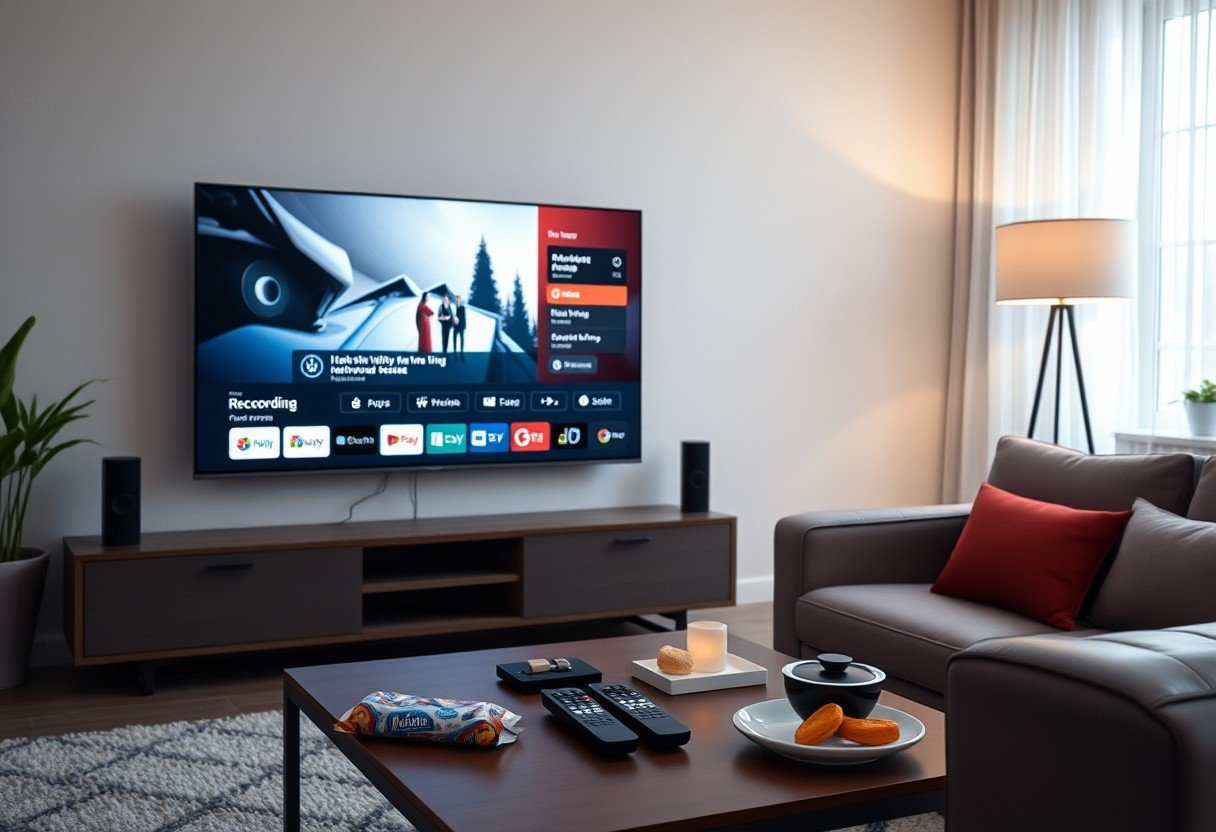
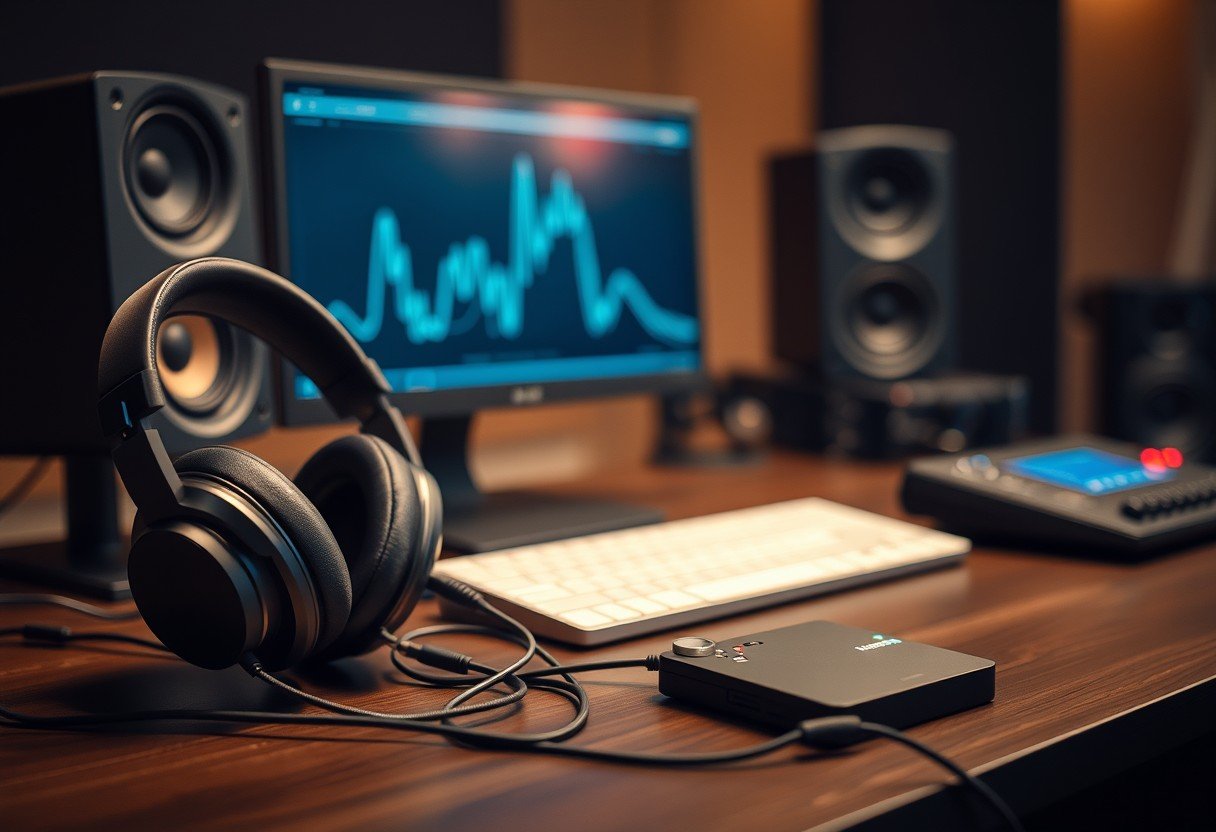
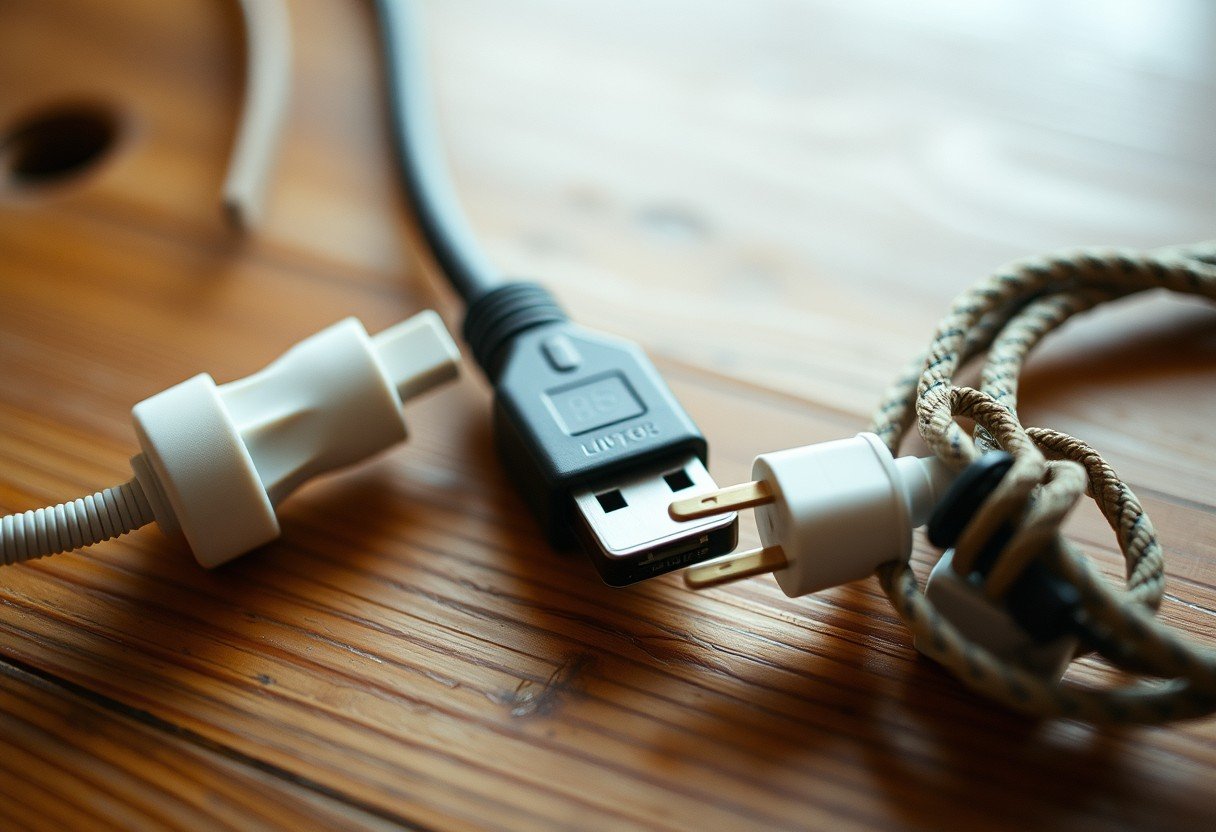
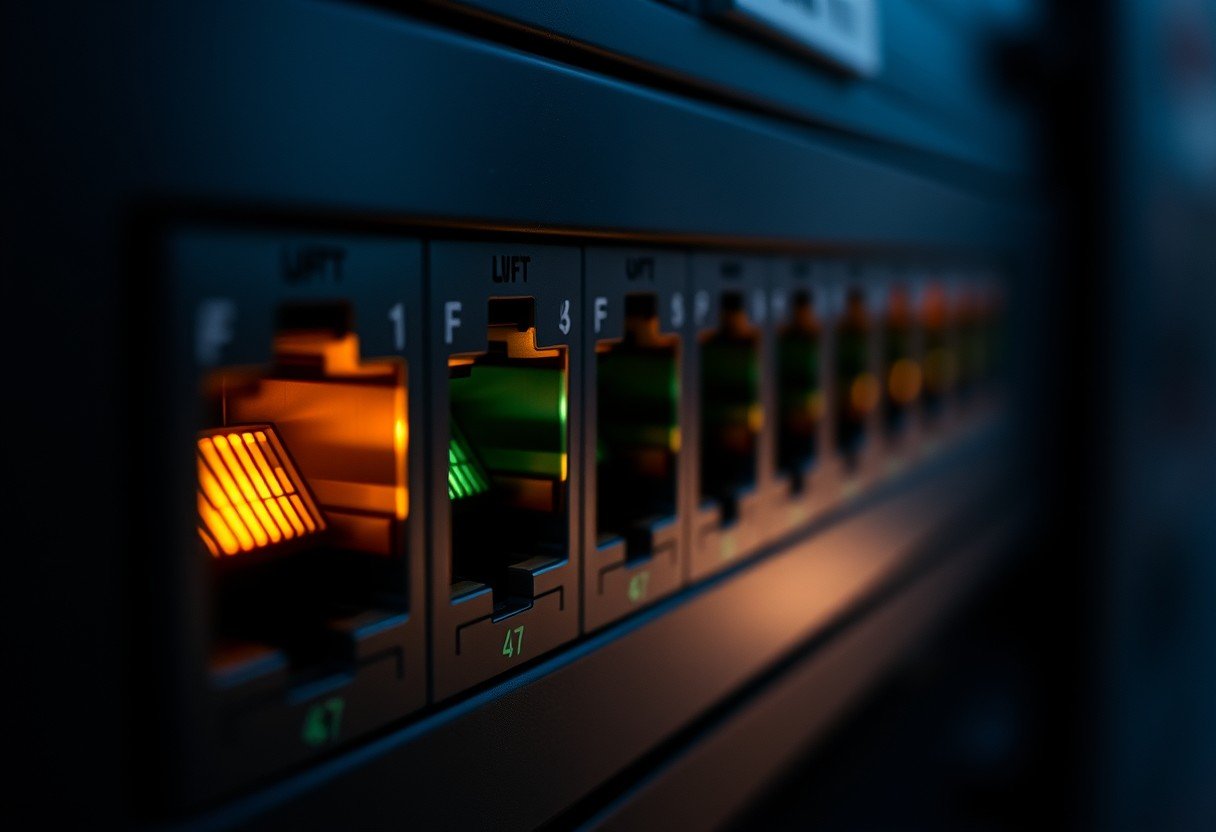
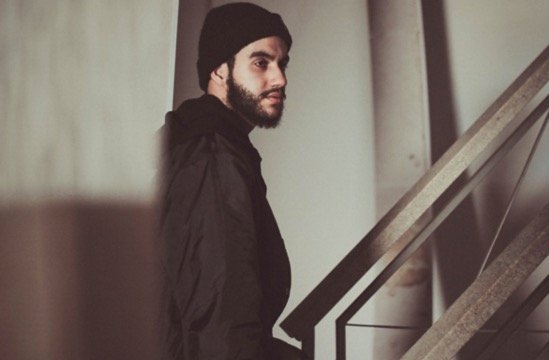
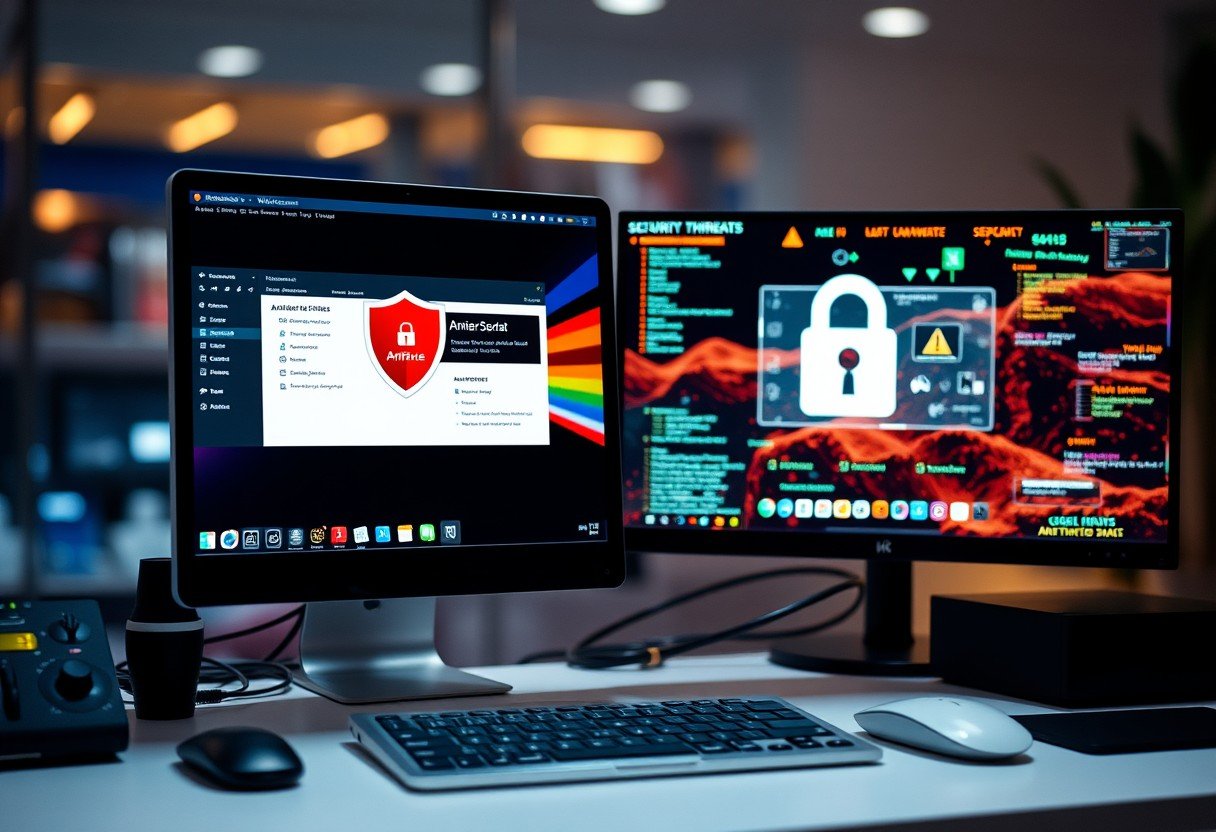
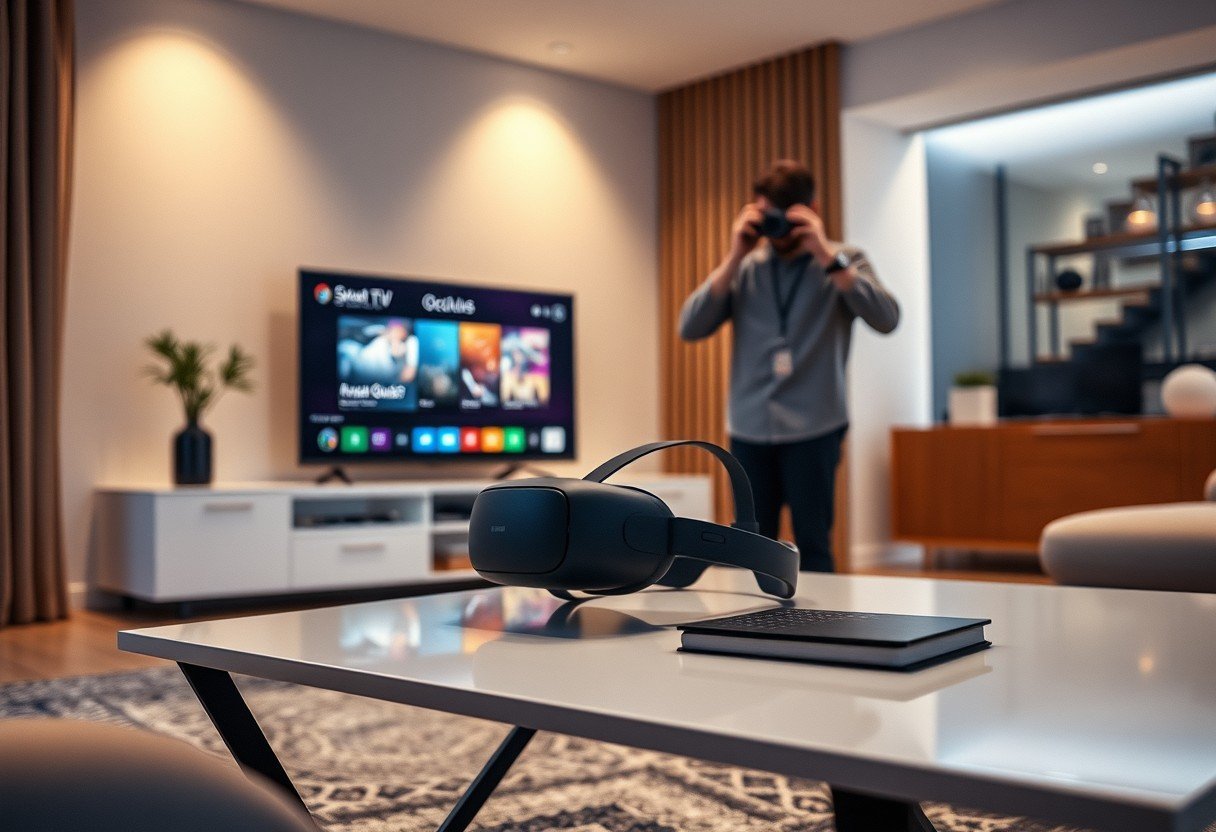
Leave a Comment